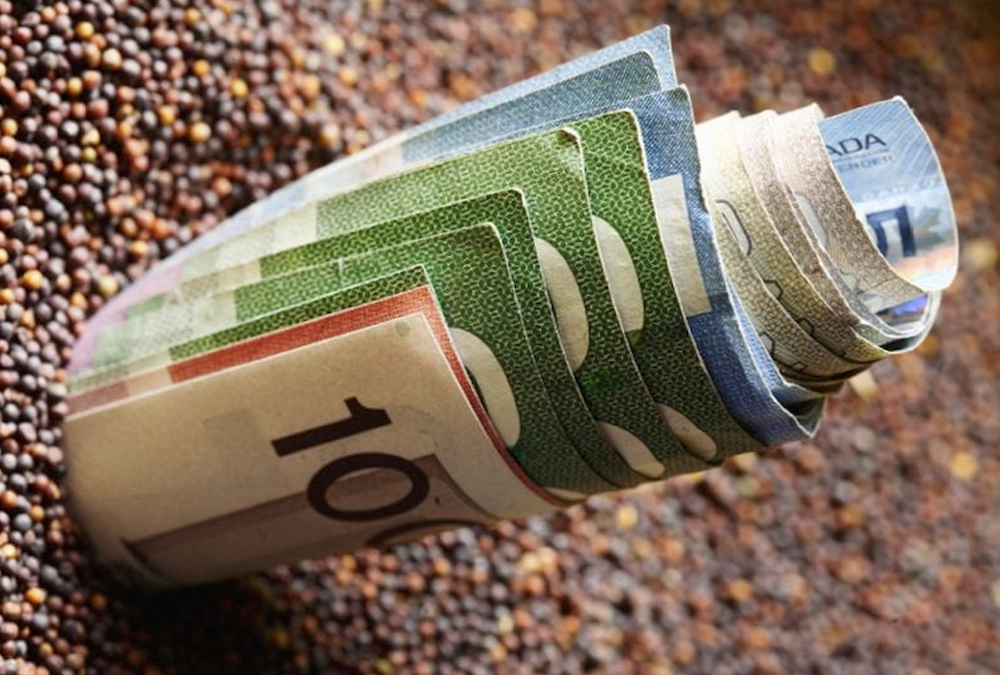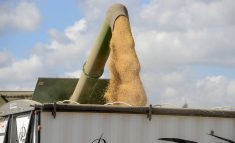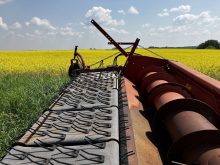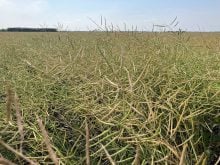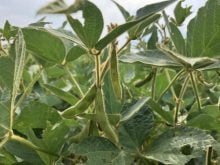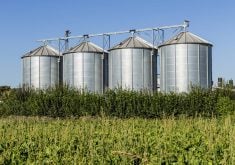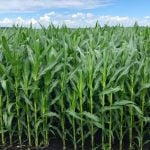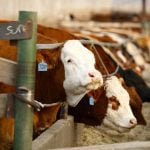If Statistics Canada estimates are correct, this year’s domestic canola crop will continue the oilseed’s ongoing acreage recovery since Western Canada’s historic 2021 drought.
Last week StatCan released its first survey-based seeding intentions report for 2023-24, projecting canola area to increase by 0.9 per cent from 2022-23, to 21.597 million acres.
This might be an underestimate, considering that StatCan conducted the survey in December and January, two months earlier than in past surveys. Pre-report trade estimates ranged from 21.65 million to 22.3 million.
Read Also

When farmers vote against their interests
U.S president Donald Trump has left many clues over the years that many of his actions weren’t going to necessarily be in the best interests of American farmers.
These figures, as well as an ideal cool spring in parts of Western Canada, seem bearish for canola. However, there were other factors behind a sharp price drop on April 27.
The most heavily traded July canola contract suffered its worst one-day drop on ICE Futures since Dec. 1, losing $26.30 per tonne to close at $708.60 after hitting a one-month low of $701.70.
Prices for Chicago soyoil and European rapeseed both took a hit. July soyoil fell to its lowest price since March 2021 and caused spillover into canola.
Since early January, the July canola contract has been in a downward trend, remaining well below its 50, 100 and 200-day averages. Both canola and soyoil have net short positions (45,100 and 17,500, respectively) and both commodities are close to being considered oversold as far as their relative strength index is concerned.
Although canola can act independently of crude oil at times, OPEC member nations’ plans to cut 1.16 million barrels of production per day starting on May 1 may support canola prices as long as crude oil demand is sufficient.
A correction may soon be in the cards, but will prices go lower in the long term?
The canola market is typically positively correlated with the Chicago soy complex. Where soy goes, canola is soon to follow.
Brazil’s record-breaking soybean crop, which could total 153 million tonnes, is flooding the markets — so much so that two vessels of Brazilian soybeans sold for export, totalling 82,000 tonnes, are set for the eastern U.S. Next year’s crop may total 159 million tonnes, according to the U.S. Department of Agriculture’s Brazilian attaché.
Earlier this month, the European Union forecast the average rapeseed yield for 2023 to be 3.31 tonnes per hectare, close to the 2022 average of 3.33, but still seven per cent above the five-year average. Only one member nation in the EU, drought-stricken Spain, is projecting a smaller average rapeseed yield in 2023. Total production is expected to be 19.8 million tonnes, 15 per cent above the five-year average.
In March, the Australian Bureau of Agricultural and Resource Economics reported a record canola crop of 8.3 million tonnes for 2022-23.
The International Grain Council slightly increased Ukraine’s 2023-24 rapeseed production forecast to 3.8 million tonnes in its monthly report earlier this month.
If seeding and growing conditions are ideal, there could be a very large canola crop in Western Canada in 2023. Considering the situations in Brazil, Australia and Europe, chances are the July canola contract won’t be sitting above the $700 per tonne mark for very long.


